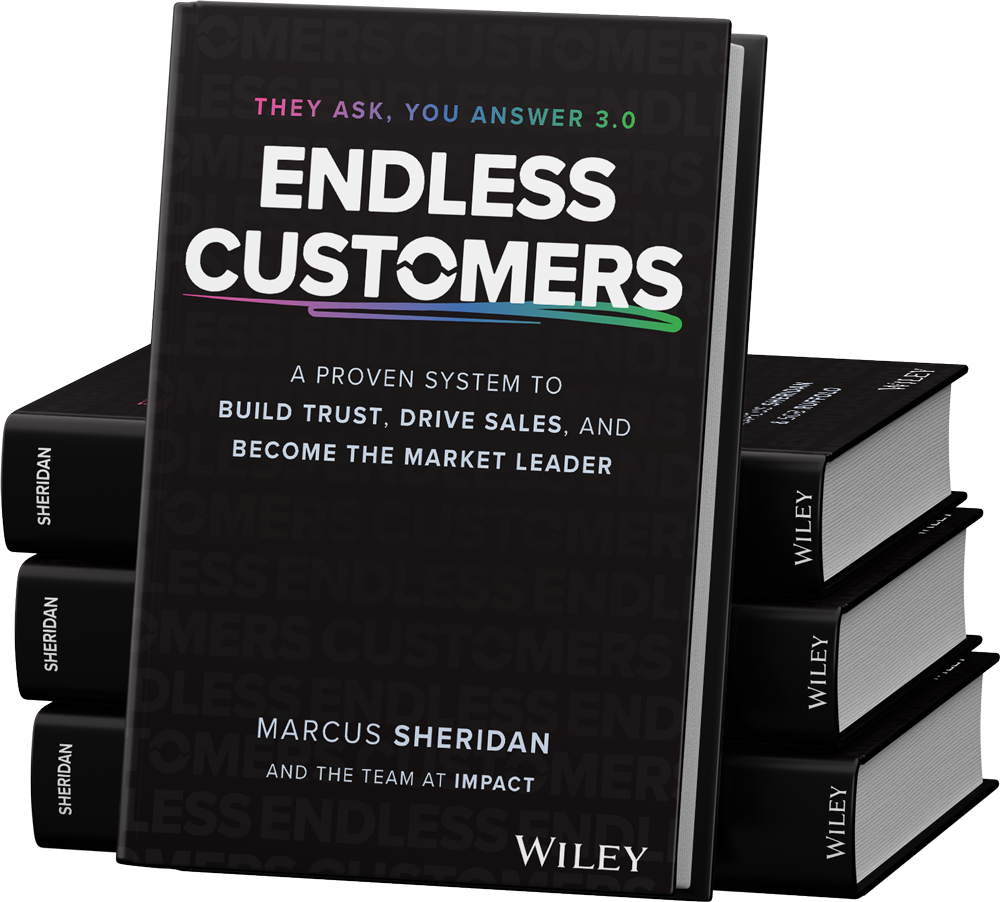Topics:
Artificial IntelligenceSubscribe now and get the latest podcast releases delivered straight to your inbox.
AI is a staple in any marketing stack whether you planned for it or not.
From interns using ChatGPT to rewrite email drafts to seasoned pros quietly pasting prompts into Claude or Grok, generative AI tools are everywhere and in YOUR organization, often under the radar.
But without a clear framework, the AI your team uses to save time today can expose you to major risks tomorrow. Compliance violations, brand damage or leaked data.
This article is for business owners, CMOs, and team leads who want to protect their brand without killing organizational momentum. Let’s walk through the smart, scalable way to keep your business secure as AI becomes more and more embedded in everyday work.
Assume AI Use is Already Happening
Whether it’s disclosed or not, most employees are experimenting with AI. So many of the businesses we talk to have their team using AI daily, but no formal AI procedures in place. That disconnect multiplies your risk.
Start here:
- Run an anonymous team survey: what tools are being used, how often, and for what tasks?
- Don’t frame this as a crackdown, frame it as getting visibility so you can support better, safer AI adoption.
Clarify What Is Allowed and What Is Not
Most AI misuse isn’t malicious. It’s usually a result of vague expectations or lack of context. If your team doesn’t know where the guardrails are, they’ll move ahead with their best guess.
Document the following:
- Start with Use cases that are encouraged
- First drafts, rewording, headline testing, text summarizing.
- Move on to Use cases that are prohibited
- Uploading customer data, feeding proprietary assets into public tools, generating entire campaigns without human review.
PRO TIP: Your AI Acceptable Use Policy shouldn’t live in a PDF that nobody can find and therefore nobody reads. Make it a living internal document, linked to your brand guidelines, creative brief templates, and onboarding materials.
Add a Layer of Human Oversight
AI-generated content might look polished. That doesn’t mean it is always right or right for the situation.
One of the more common mistakes we see is teams skipping vetting because the output sounds confident. This is where brands get burned.
Protect your brand by requiring:
- Human review checkpoints
- No AI output should go live without a second set of (human) eyes.
- Strategic editing
- Review for tone, accuracy, and brand alignment, not just grammar.
- Metadata tagging
-
-
Keep a record of when the AI was used and what tools were involved. If things go sideways, you’ll have your paper trail.
-
-
Teach Employees About the Hidden Risks
AI safety isn’t just about avoiding hallucinations. It’s about protecting data, reputation, and competitive advantage. If your team doesn't understand the risks, they can’t help you mitigate them.
Key risks to address:
- Data leakage
- Uploading internal docs into public AI tools can expose sensitive info.
- Off-brand messaging
- AI can accidentally generate language that contradicts your values or misrepresents your product.
- Compliance variations
- In regulated industries, even a well-written AI response can get you fined.
Create a Central AI Toolkit and Workflow
If your team is using five different AI tools for the same task, that’s a red flag. Not just for efficiency, and expense but also for consistency and control.
Action Steps:
- Build an approved tool stack with documented workflows.
- Create templates and prompt libraries so teams don’t have to reinvent the wheel (or wing it).
- Assign an internal AI lead or “AI Champion” to stay up to date and share best practices across the team.
Revisit Your Legal and Procurement Processes
Most companies’ terms of service and vendor review checklists weren’t written with AI in mind. That’s a problem.
Questions to ask your legal team:
- Do we need updated language around AI-generated content in our contracts?
- Have we reviewed the data policies of every AI tool we’ve adopted?
- What disclosures are required if we’re using AI in client deliverables or ads?
This isn’t simple CYA, it’s foundational trust-building. Client and customer are more discerning about how AI is used, how their data/information is handled when they are making a purchase decision.
Train for Judgement, Not Just Prompting
Prompt engineering gets all the attention, but long-term success with AI comes down to judgement:
- Knowing WHEN to use AI
- Knowing WHAT NOT to use AI for
- Knowing HOW TO adapt AI’s output into brand-safe, high-trust communication
Your team needs situational awareness and strategic reasoning, something most AI training programs miss.
That’s why AI training should be a foundational part of onboarding and ongoing team enablement.
FAQs
Q: Should I block access to public tools like ChatGPT?
A: Not necessarily. Block can drive shadow use. The safer approach is to allow access with clear use cases and oversight, pairing freedom with responsibility.
Q: How often should we update our AI policy?
A: Review it quarterly, at minimum. AI tools evolve fast, as do the risks. Reviewing your AI policy and updating it where appropriate should be part of a regular review cadence.
Q: Who should own AI governance?
A: Start with a cross-functional working group: marketing, legal, IT, and operations. AI should not be siloed into one department.
Empower, Don’t Simply Restrict
AI isn’t the enemy. Poor guidance is.
Your goal is to speed up your processes while keeping your momentum safe. With the right policies, training, and oversight, your employees can use AI in ways that boost productivity AND protect your brand.
Not sure where your business stands when it comes to AI?
Take the AI Marketing Readiness Quiz to get a custom action plan.
If you're overwhelmed by how you can grow your business in an AI world, order your copy of Marcus Sheridan's new book, Endless Customers.


Order Your Copy of Marcus Sheridan's New Book — Endless Customers!
